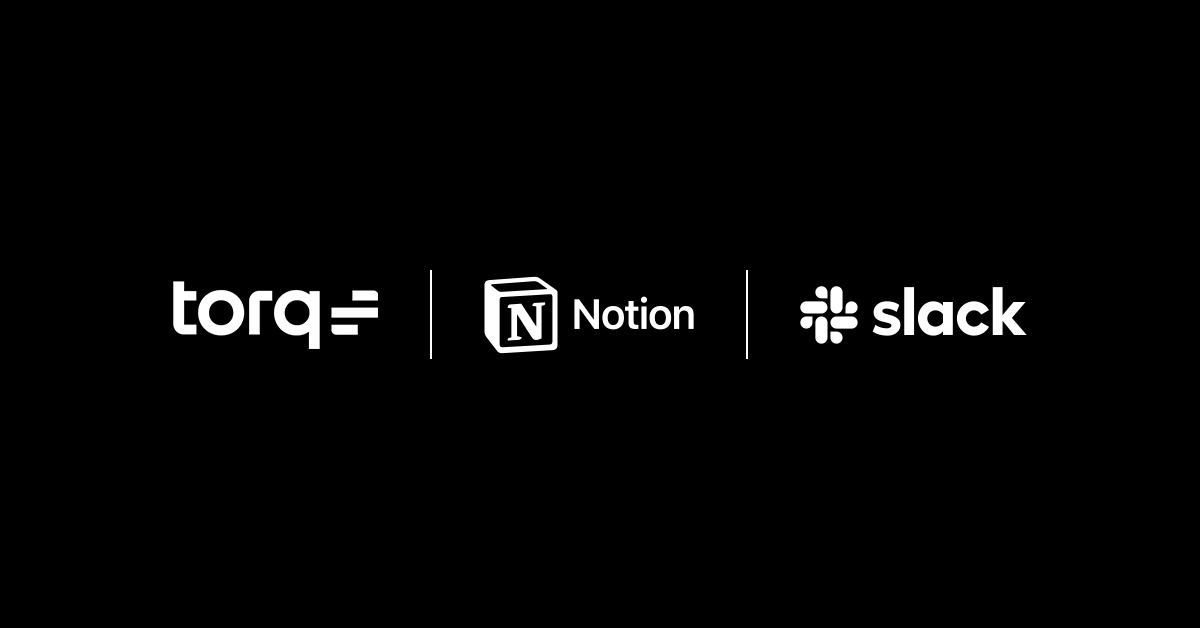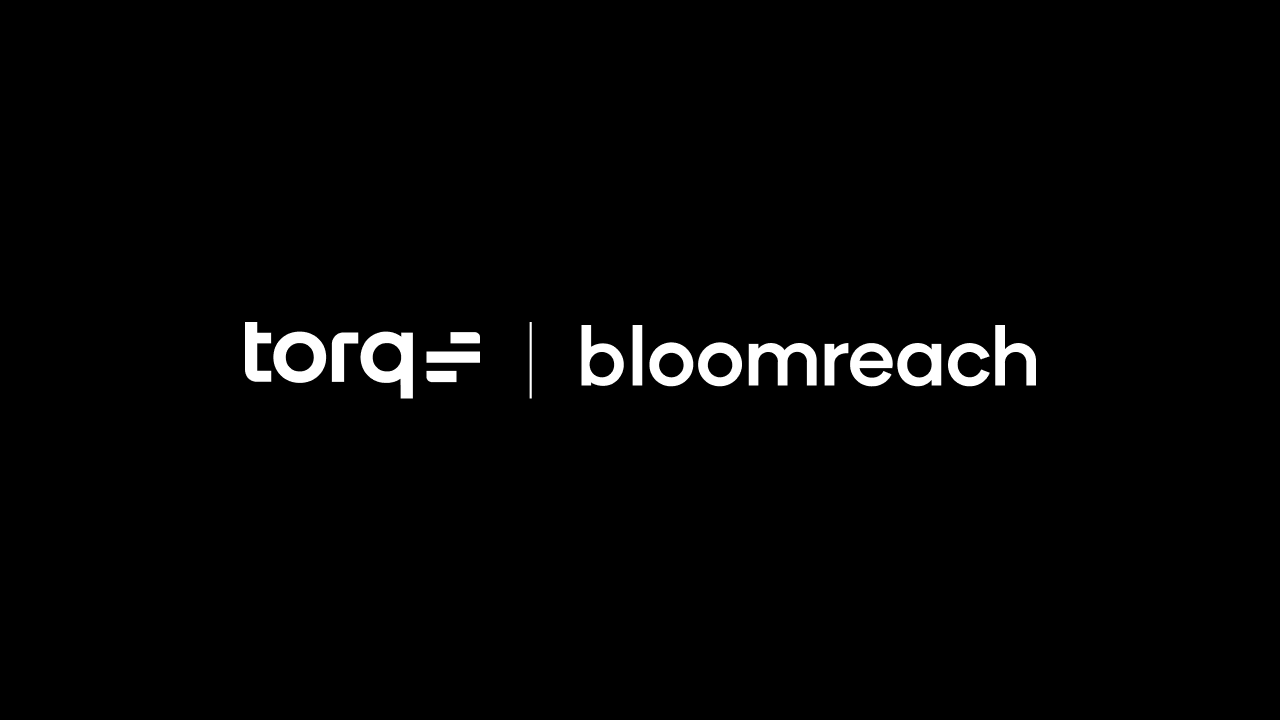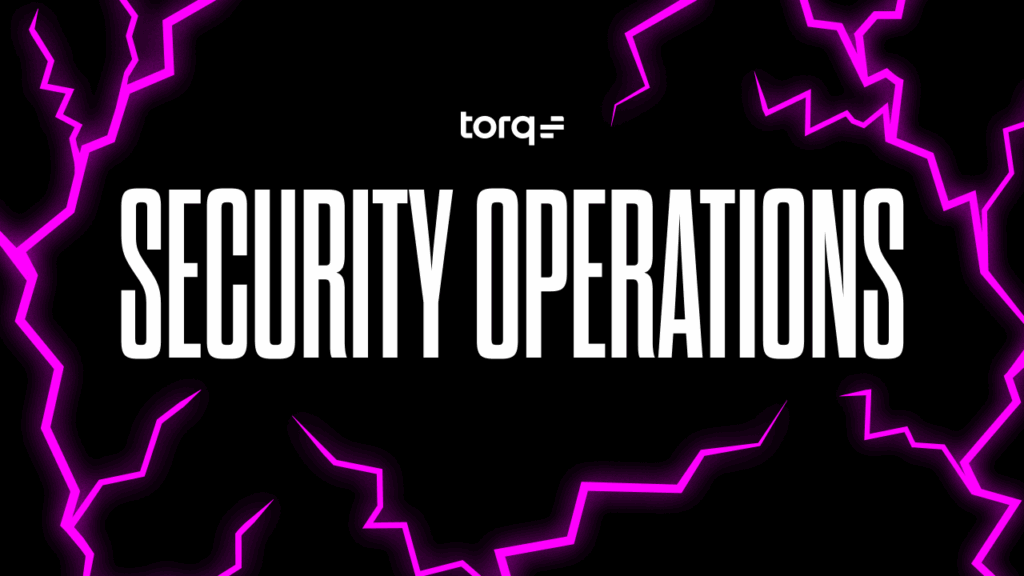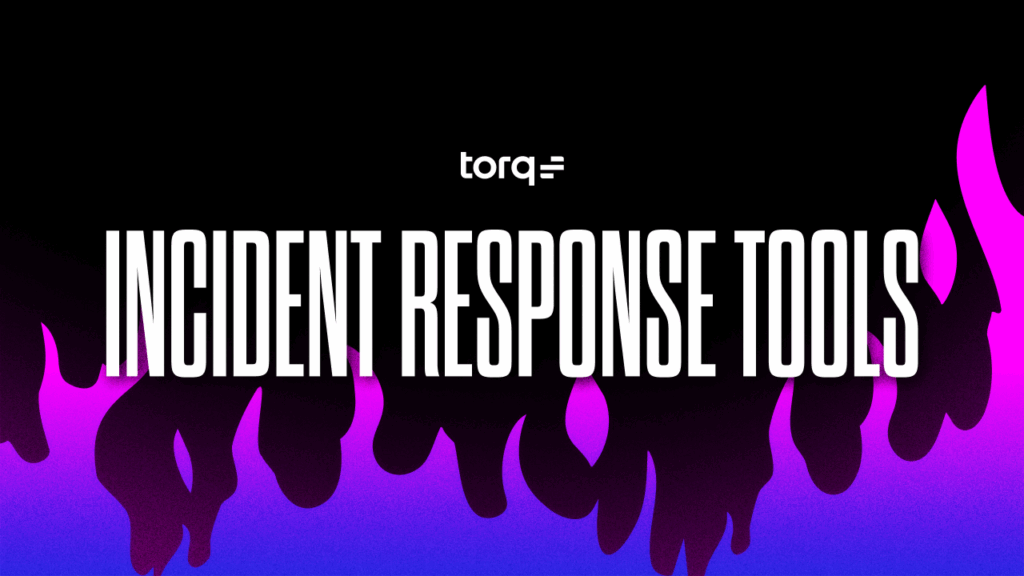Contents
Get a Personalized Demo
See how Torq harnesses AI in your SOC to detect, prioritize, and respond to threats faster.
Security teams today juggle an overwhelming mix of alerts, tools, and manual processes. Legacy SOAR platforms only add to the complexity with rigid playbooks, siloed data, and slow integrations. Analysts waste hours on repetitive tasks, policy updates slip through the cracks, and team collaboration breaks down.
That’s why more enterprises are turning to integrated security workflows powered by automation. By combining Notion’s knowledge hub, Torq’s Hyperautomation platform, and Slack’s real-time communication, organizations can streamline security services — reducing noise, accelerating response times, improving trust, and building a more resilient SOC.
What Does It Mean to Streamline Security?
Streamlining security solutions refers to simplifying, unifying, and automating security system processes so that teams can respond faster, reduce risk, and improve SOC efficiency and resilience without adding personnel or complexity. In practice, this means reducing alert noise, eliminating swivel-chair tasks, and connecting tools into an integrated security workflow.
Benefits of Streamlining Security
- Faster response times: Automation reduces manual triage and remediation, shrinking mean time to detect (MTTD) and mean time to respond (MTTR).
- Reduced analyst burnout: Consolidated workflows and fewer repetitive tasks free analysts to focus on strategic investigations.
- Lower costs: Automating tasks and consolidating tools decreases overhead and reduces reliance on one-off scripts or custom code.
- Improved compliance: Consistent, auditable processes mean fewer gaps and easier reporting during audits.
- Greater resilience: Streamlined workflows ensure security coverage scales as threats, data, and tools grow.
How Organizations Can Streamline Security
- Centralize knowledge: Use platforms like Notion to keep threat intel, policies, and training content accessible and up to date.
- Automate workflows: Deploy a security automation platform like Torq to orchestrate alerts, remediation, and case management across your stack.
- Enable real-time collaboration: Tools like Slack bring context and decisions into one place so SOCs can respond to an alarm quickly and consistently.
- Adopt Security Hyperautomation: Move beyond one-off automations to full lifecycle orchestration with policy-driven, AI-enhanced workflows that scale with your environment.
Threat Intelligence Sharing with Security Process Automation
SOC teams rely on up-to-date threat intelligence to stay ahead of adversaries. But managing indicators of compromise (IOCs), threat reports, and vulnerability details across scattered spreadsheets or portals drains time and increases risk.
With Notion, security teams can create a single source of truth for threat data. Torq automates the process by ingesting intel from multiple feeds, enriching it, and updating Notion databases in real time. This eliminates manual data entry and ensures intel is always fresh and actionable.
Slack completes the workflow by delivering alerts to dedicated channels, where analysts can immediately discuss findings, launch playbooks, or escalate suspicious activity. By using security process automation for threat intel, enterprises reduce swivel-chair work, shorten investigations, and ensure it turns intel into action.
Automating Security Awareness Training for Enterprises
Employee security awareness is often the weakest link in cybersecurity for enterprises. Traditional annual training is stale, compliance-focused, and rarely keeps pace with evolving phishing, social engineering, and identity-based threats.
With Notion, organizations can centralize training content — from interactive quizzes to bite-sized video modules — and make it accessible across the enterprise. Torq then automates reminders, tracking, and progress updates so managers and employees never fall behind on training requirements. Slack drives collaboration and engagement. Dedicated channels allow employees to ask questions, share phishing examples they’ve seen, and reinforce lessons in real time.
The result is cybersecurity awareness for enterprises that actually scales. Training isn’t a one-time compliance checkbox, but a dynamic, ongoing process that keeps employees engaged and SOCs safer.
Security Policy Management in Integrated Workflows
Security policies are only effective if employees can find, understand, and follow them. Yet in many organizations, policies are buried in static documents, updated inconsistently, and communicated poorly.
With Notion, all policies live in one centralized knowledge hub, ensuring they’re always accessible and up to date. Torq automates policy distribution — sending reminders when changes are published and nudging employees who haven’t acknowledged updates.
Slack ties everything together by enabling real-time conversations around new or revised policies. Employees can ask clarifying questions, SOC teams can provide guidance, and managers can track adoption.
This integrated security workflow removes gaps between drafting, distributing, and operationalizing policies, helping enterprises maintain compliance with less friction.
Using Cybersecurity Risk Assessment Tools to Streamline Security Services
Security teams can’t fix what they can’t see. Cybersecurity risk assessment tools identify vulnerabilities across data centers, cloud environments, and SaaS applications, but too often their findings sit in siloed dashboards.
Torq connects these assessments directly into workflows. For example:
- A vulnerability scanner flags an exposed storage bucket.
- Torq enriches the alert with asset ownership and severity context.
- The finding is logged in Notion for tracking and visibility.
- Slack alerts the SOC and IT teams instantly, while Torq can auto-remediate low-risk issues or escalate higher-priority ones for review.
This seamless workflow turns cybersecurity risk assessment tools into streamlined security services — faster response, less noise, and clear accountability.
Why Enterprises Choose Notion, Torq, and Slack to Streamline Security
Each of these tools adds value on its own, but together they create a force multiplier:
- Notion provides clarity and structure for policies, intel, and training.
- Torq powers Hyperautomation, orchestrating alerts, updates, and remediation steps across your entire stack.
- Slack keeps collaboration flowing in real time so security teams never operate in isolation.
The benefits compound: fewer missed updates, faster MTTR, improved compliance readiness, and reduced analyst fatigue.
Streamline Your Security Stack with Torq
Enterprises can’t afford to let challenges like tool sprawl, manual processes, and alert fatigue define their security operations. By integrating Notion, Torq, and Slack, security teams unlock streamlined, automated security workflows that cut through the noise and empower analysts to focus on what matters most.
- Threat intelligence is always current.
- Security training is automated and engaging.
- Policies are accessible, actionable, and enforced.
- Risk assessments turn into orchestrated responses.
This is what it means to streamline security in the enterprise: less manual effort, stronger resilience, and a proactive SOC instead of a reactive one.
Ready to see how Torq connects your stack and streamlines your workflows? Get our Don’t Die, Get Torq manifesto.
FAQs
To streamline security means simplifying and automating security processes so teams can focus on high-value analysis instead of manual, repetitive tasks. It reduces complexity, accelerates response times, and improves resilience across the SOC.
Automation eliminates repetitive steps like enrichment, ticketing, and reporting. By connecting tools and workflows end-to-end, platforms like Torq Hyperautomation cut alert fatigue, shrink MTTR, and make processes more consistent and auditable.
Enterprises use a mix of cybersecurity risk assessment tools, data center security management, and integrated security workflows across platforms like Notion, Torq, and Slack to streamline threat intel, policies, training, and remediation.
The scale of modern threats and the shortage of analysts make manual processes unsustainable. Streamlining security reduces costs, boosts efficiency, and gives organizations a proactive rather than reactive defense posture.
Many insurers require risk management, access control, and alert/alarm monitoring documentation. Automated, streamlined security services make providing compliance reports and proving resilience easier, lowering premiums and reducing liability.
A consultation helps identify redundancies, gaps, and integration opportunities across alarms, access control, and SOC workflows. Organizations can streamline security services by aligning strategy and automation for stronger, more efficient protection.
Access control systems integrated with automated workflows simplify identity verification, reduce manual oversight, and improve compliance. Streamlined security services connect access control with alarms, policies, and monitoring tools for complete coverage.







